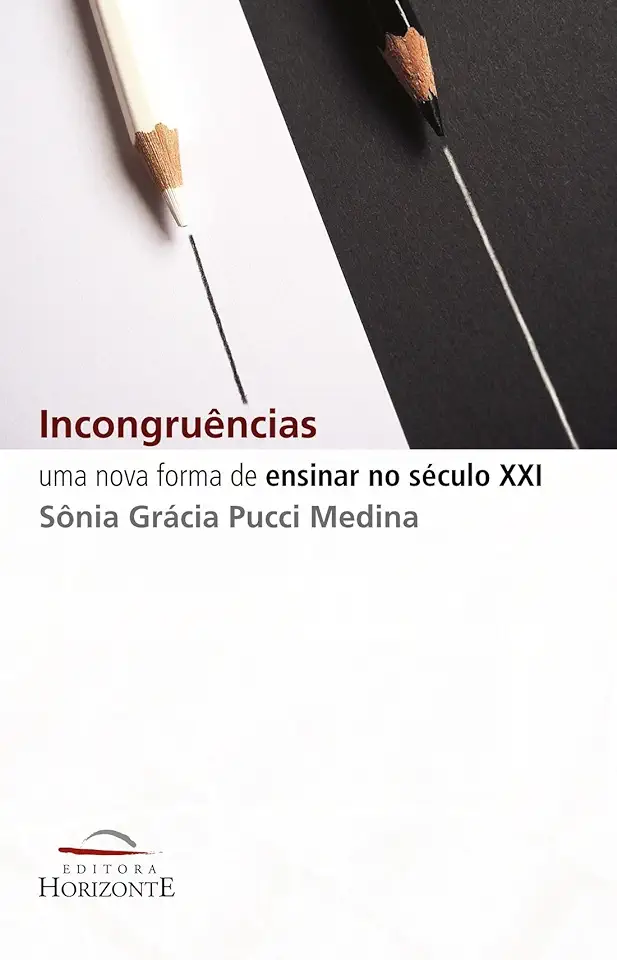
INCONGRUENCIES A NEW WAY OF TEACHING IN THE 21ST CENTURY - Sônia Grácia Pucci Medina
INCONGRUENCIES: A New Way of Teaching in the 21st Century
By Sônia Grácia Pucci Medina
Introduction
In her groundbreaking book, "Incongruencies: A New Way of Teaching in the 21st Century," Sônia Grácia Pucci Medina challenges traditional educational methods and proposes a revolutionary approach to teaching that is tailored to the needs of the modern learner. Medina argues that the current education system is outdated and fails to prepare students for the challenges of the 21st century. She introduces the concept of "incongruencies" as a means to bridge the gap between traditional teaching methods and the demands of the modern world.
Key Concepts
Medina's theory of incongruencies is based on the idea that there is a disconnect between the way we teach and the way students learn. She identifies several key incongruencies that hinder effective learning, including:
- The incongruence between the teacher-centered and student-centered approaches to learning. Traditional education is often teacher-centered, with the teacher as the primary source of knowledge. However, Medina argues that learning is most effective when students are actively engaged in the learning process.
- The incongruence between the content-based and skills-based approaches to learning. Traditional education focuses on teaching content, such as facts and figures. However, Medina argues that students need to develop skills, such as critical thinking and problem-solving, in order to succeed in the 21st century.
- The incongruence between the individual and the collective approaches to learning. Traditional education often treats students as individuals, ignoring the importance of collaboration and teamwork. However, Medina argues that students need to be able to work effectively with others in order to succeed in the modern world.
A New Way of Teaching
Medina proposes a new way of teaching that addresses the incongruencies of traditional education. She advocates for a student-centered, skills-based, and collective approach to learning. She also emphasizes the importance of using technology and other resources to create a dynamic and engaging learning environment.
Benefits of the Incongruencies Approach
Medina's approach to teaching has several benefits, including:
- Increased student engagement and motivation. Students are more likely to be engaged and motivated when they are actively involved in the learning process and when they can see the relevance of what they are learning to their lives.
- Improved learning outcomes. Students who learn through the incongruencies approach are more likely to develop the skills they need to succeed in the 21st century, such as critical thinking, problem-solving, and collaboration.
- A more positive and supportive learning environment. Students who learn in an environment that is student-centered, skills-based, and collective are more likely to feel positive about themselves and their ability to learn.
Conclusion
"Incongruencies: A New Way of Teaching in the 21st Century" is a must-read for anyone interested in improving education. Medina's groundbreaking approach to teaching offers a way to bridge the gap between traditional teaching methods and the demands of the modern world. By implementing the incongruencies approach, educators can create a more engaging, effective, and positive learning environment for all students.
Call to Action
If you are an educator, I urge you to read "Incongruencies: A New Way of Teaching in the 21st Century" and consider adopting the incongruencies approach in your teaching. By doing so, you can help your students develop the skills they need to succeed in the 21st century and make a positive impact on the world.